After Impressionism: Inventing Modern Art at the National Gallery
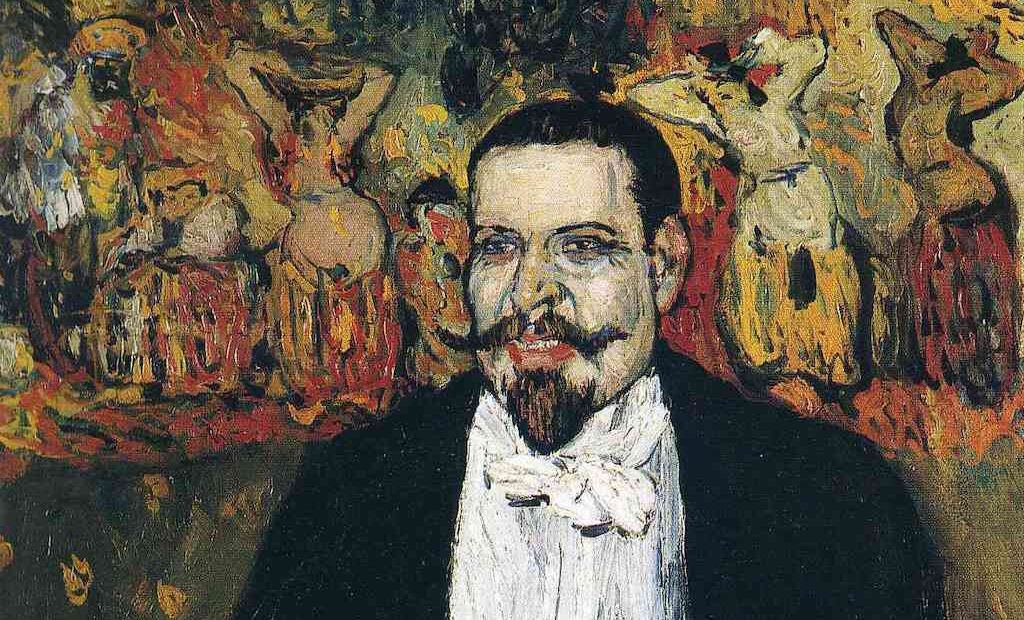
The National Gallery’s spring blockbuster focuses on a period of upheaval during which the foundations for modern art were laid. The period between 1880 and the outbreak of the First World War in 1914 was rich and complex in terms of creative fomentation, where 500 years of art tradition were swept away in favour of a new emphasis on light and mood, rather than precision and execution. The previous working practice of painting light onto a dark background was reversed and the invention of paint in tubes meant that artists could take their easels outside to work.
This large exhibition brings together 100 works, mostly paintings, some loaned from collections around the world. It focuses on the three big hitters (or brush-strokers, if you will), Paul Cézanne, Vincent van Gogh and Paul Gauguin, but there are also works by Klimt, Kandinsky, Mondrian, Matisse, Rousseau and Picasso, to name a few – in short, many masterpieces.
The show starts in 19th century Paris and latterly opens out to Barcelona, Brussels, Vienna and Berlin. It flows well from the original iconoclasts of Impressionism, into Post-Impressionism, then Pointillism and out into the abstraction of Modernism.
There are many highlights to choose from: in Edgar Degas’s Combing the Hair (La Coiffure) (1895) we feel the resistance of the comb as it is pulled through the thick tresses of the seated female subject by another woman who could be her maid, mother or madam, all rendered in vaguely obscene reds. Hair was a big deal at that time, and for Degas. Propriety meant that women’s hair was always pinned up, so there was something transgressive and sensual about portraying it loose. (Degas once made a written request to composer Georges Bizet to watch his wife let her hair down, the saucy cad.)
Pablo Picasso’s portrait Gustave Coquiot (1901) was painted as a thank you for a favourable review, but its grotesquery is more like a declaration of war (if that’s gratitude, what did he do when he was annoyed?); Gustav Klimt’s Hermione Gallia (1904) shimmers with diaphanous luminosity. Amongst the paintings there are a few other mediums, most notably Auguste Rodin’s sculptured depiction of Honoré de Balzac.
The show may be treading well-worn territory but this era is revisited often for a reason: it’s interesting. Not everyone will be familiar with the art history on display here, but the exhibition does it beautifully. The ticket price is steep at £24, but concessions are available. Well worth seeing.
Jessica Wall
After Impressionism: Inventing Modern Art is at the National Gallery from 25th March until 13th August 2023. For further information visit the exhibition’s website here.
Watch a trailer for the exhibition here:



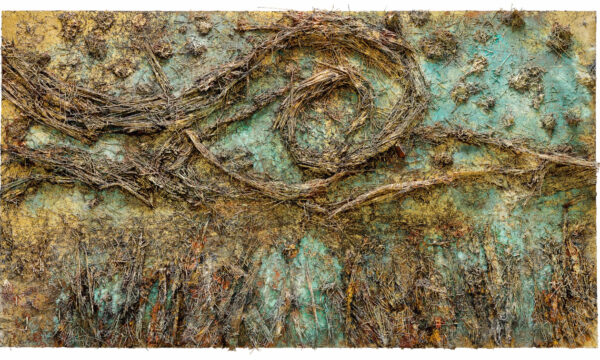
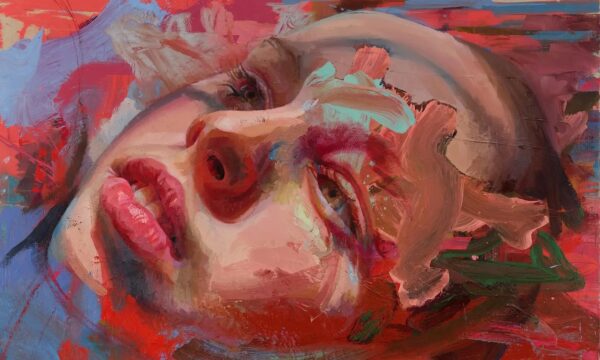
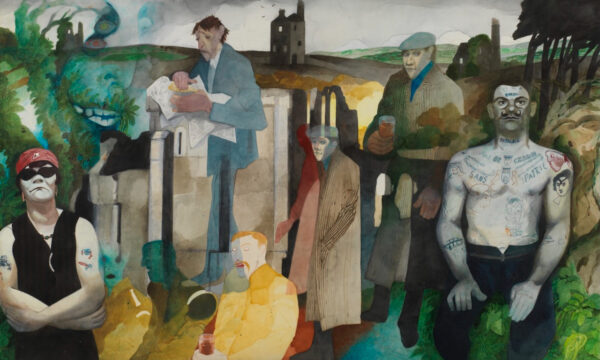
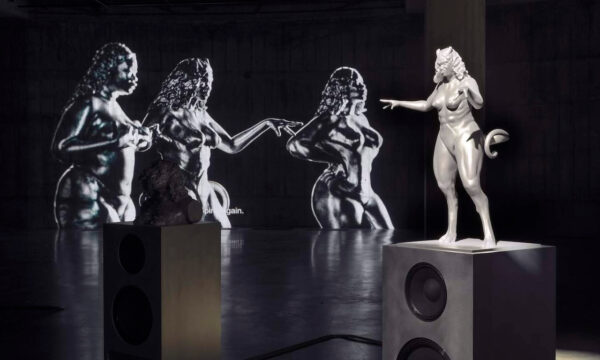

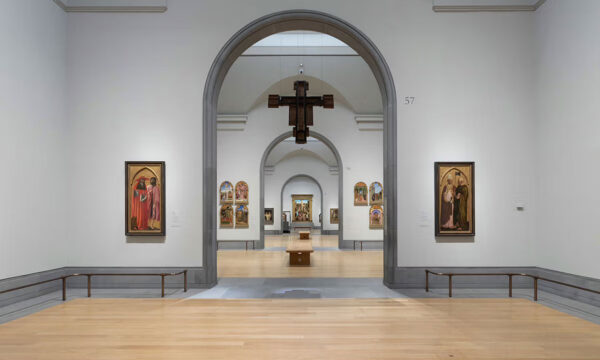








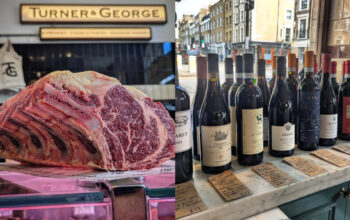
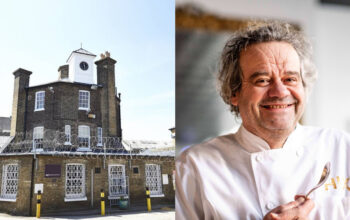
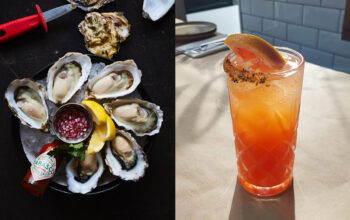


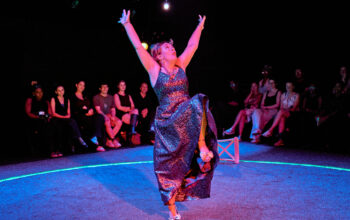
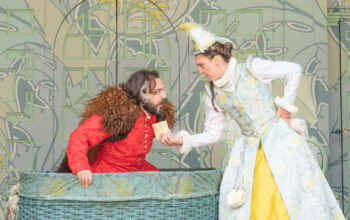

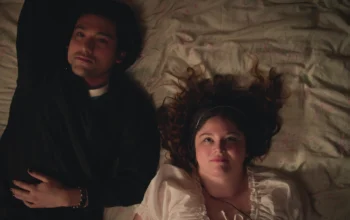

Facebook
Twitter
Instagram
YouTube
RSS